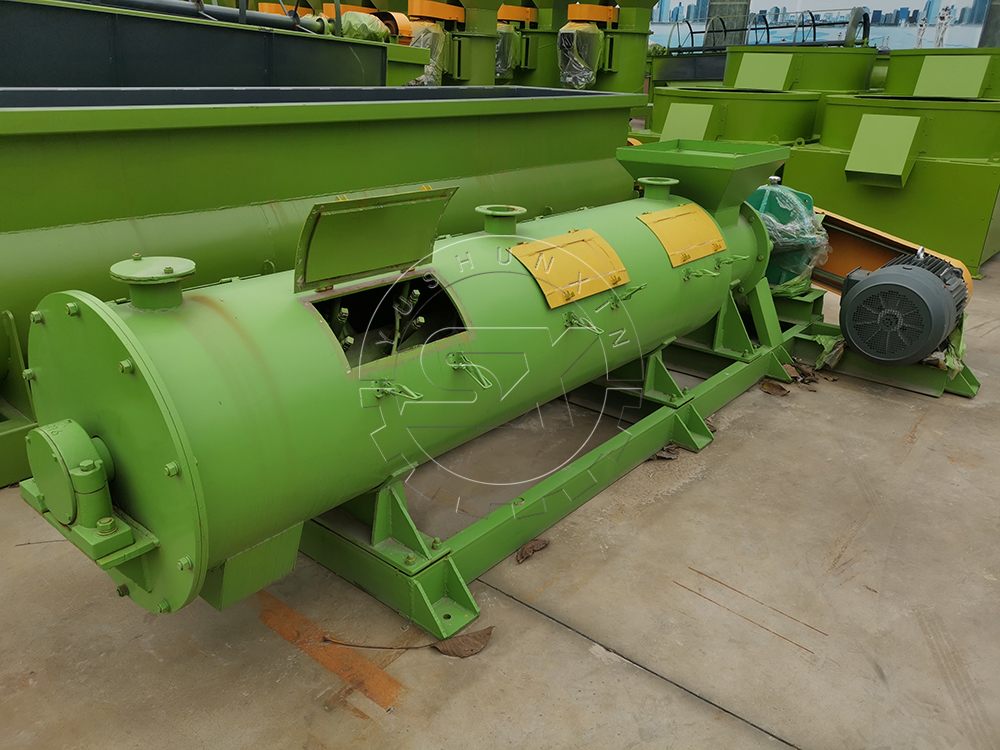What kinds of granulation equipment are commonly used in the production of fertilizers?
In fertilizer production, we often consider various factors such as capacity, shape, material moisture, etc., which will affect the choice of final fertilizer equipment. So what kinds of granulation equipment are commonly used? How does it work? What are the characteristics of each? What are the disadvantages? What is the need for moisture?
1.Double roller extrusion granulator: It adopts physical extrusion granulation molding method for granulation, and the investment is low. It does n’t need to add adhesives. The hardness of particle is high. And it’s simple and convenient for processing granules.There is no three wastes. The disadvantage is that the water content should be low when processing and producing fertilizers, and the water content generally requires about 5%-10%.
2. Disc granulator: The raw powder is evenly moistened by the atomized water in the double-shaft mixer to form a ball core with a very uniform particle size, and then sent to the ball-forming plate for ball formation. The tilt angle of the pan can be adjusted to control the particle size. The disadvantage is that the dust is large and the particle strength is small. The moisture is large (close to 50% to 60%). Therefore, drying must be configured to strengthen the hardness of the particles.

3. Organic fertilizer wet-method churning granulator: It adopts the method of friction granulation between stirring tooth rotation and drum wall. The ball formation rate is as high as about 95%. The particle hardness is good and the moisture content of the prepared particles is generally 30% to 40%. When the output capacity is small, the granules can be dried naturally in the later stage, which eliminate the need for drying equipment. The disadvantage is that when the annual output exceeds 30,000 tons, the production cost is not proportional to the energy consumption.
4. New type organic fertilizer granulator: On the basis of the wet churning granulator, the barrel wall also rotates, which greatly improves the production capacity. The ball formation rate is as high as about 97%, and the moisture requirement is 30% to 40%. The disadvantage is that the granules needs screen and the investment is relatively high. It is suitable for large-scale organic fertilizer production lines.
